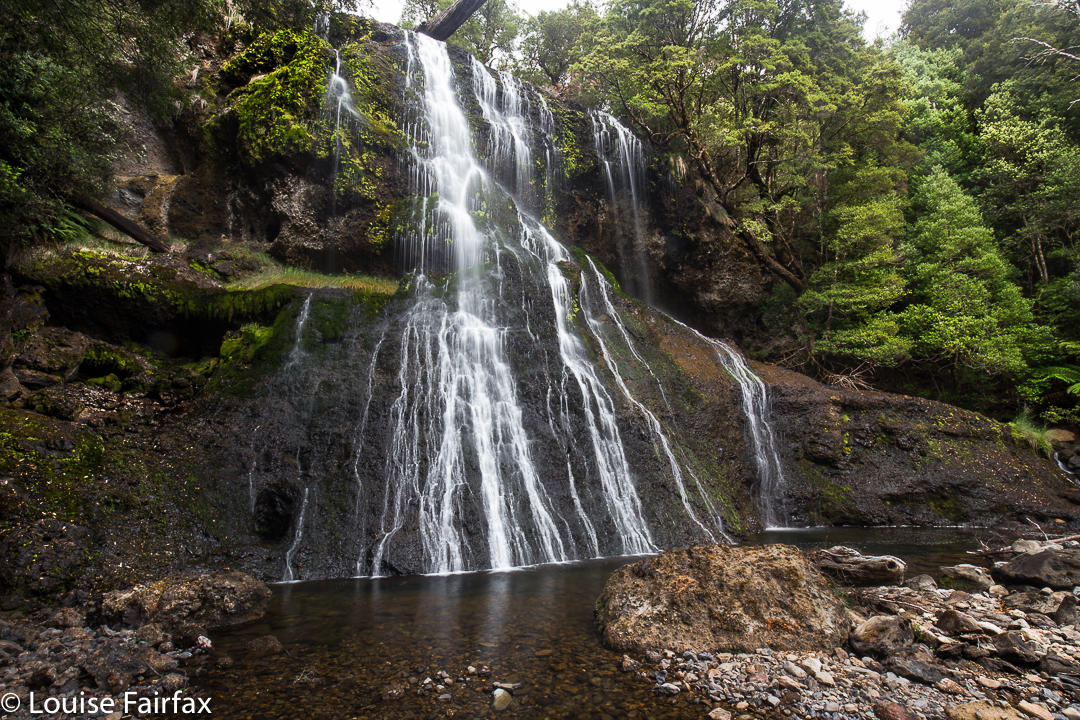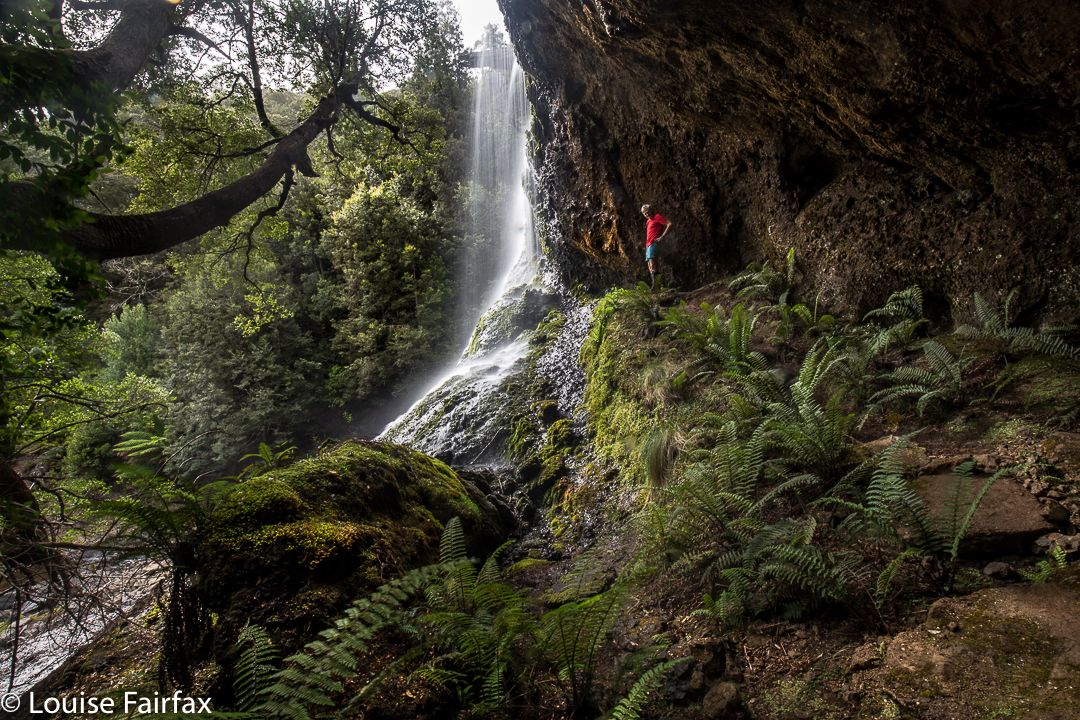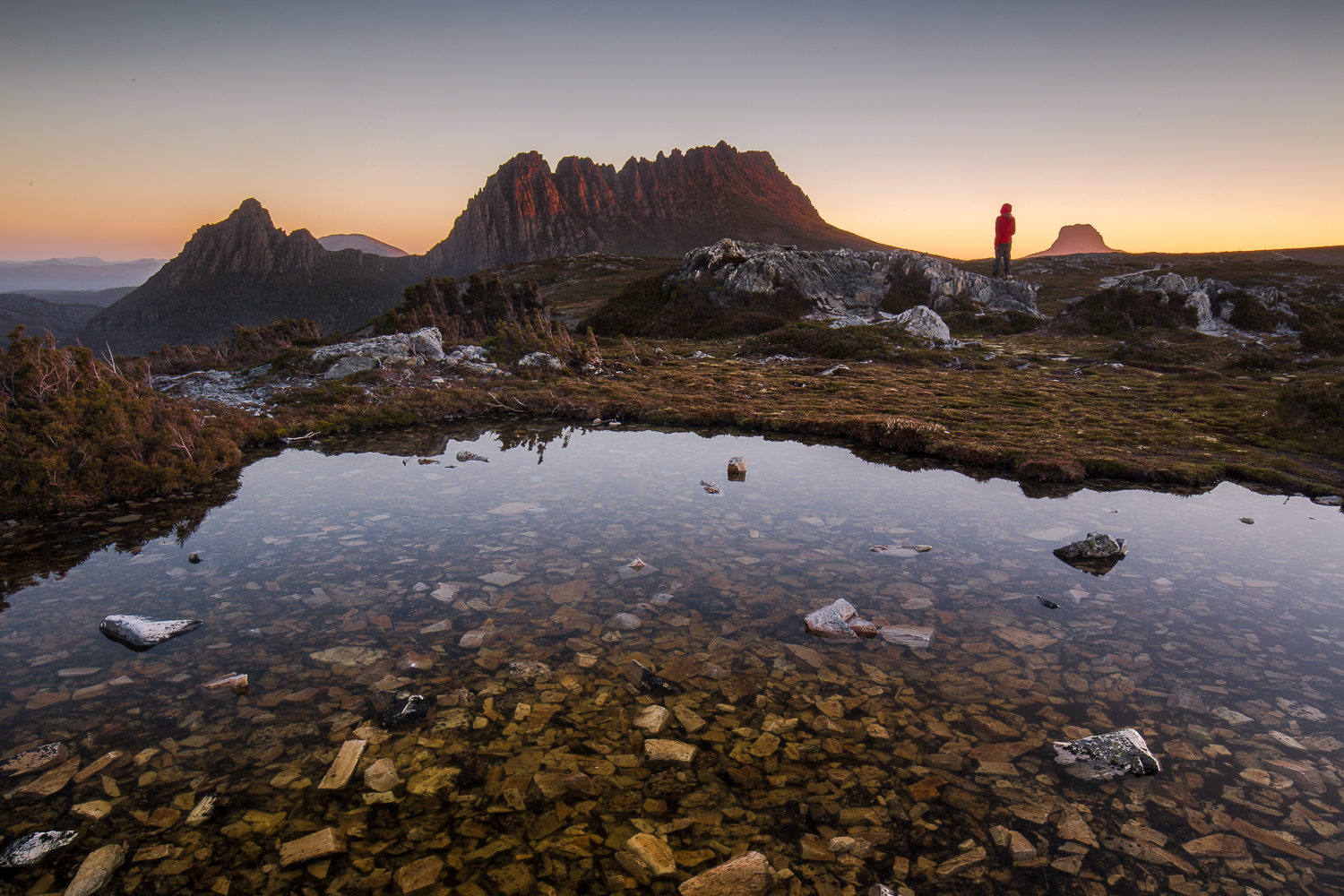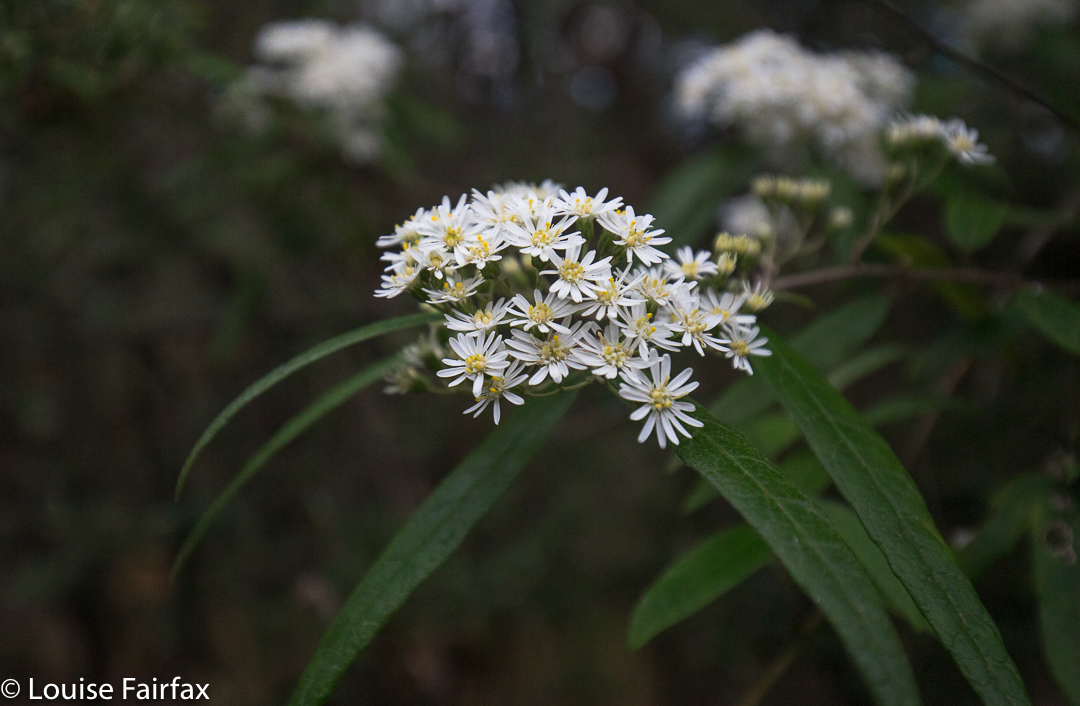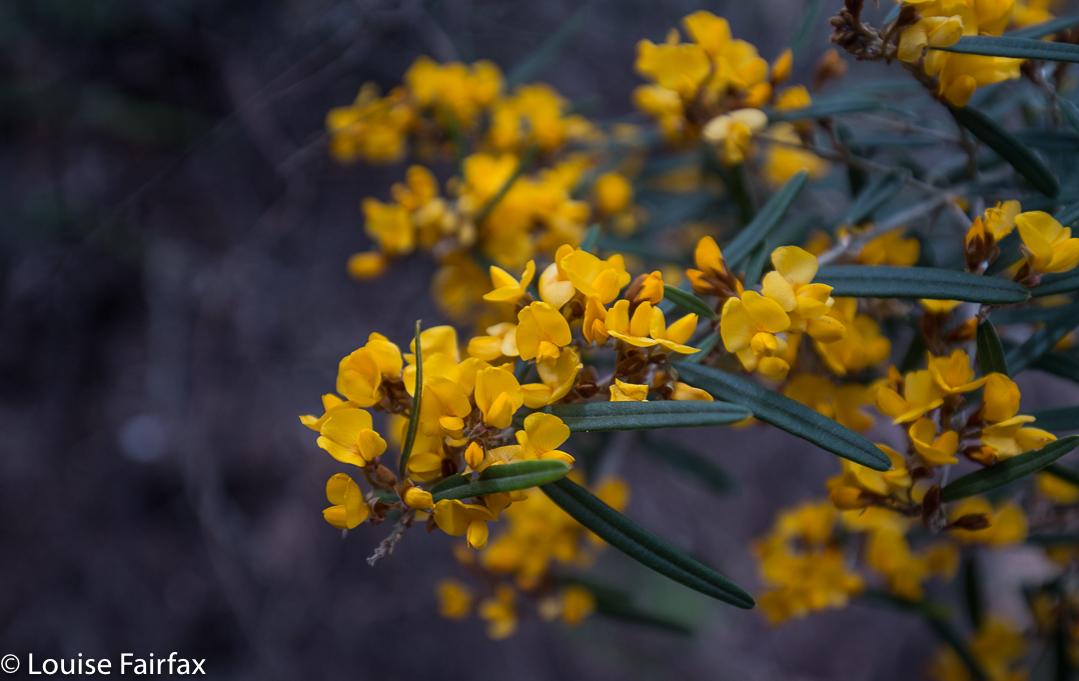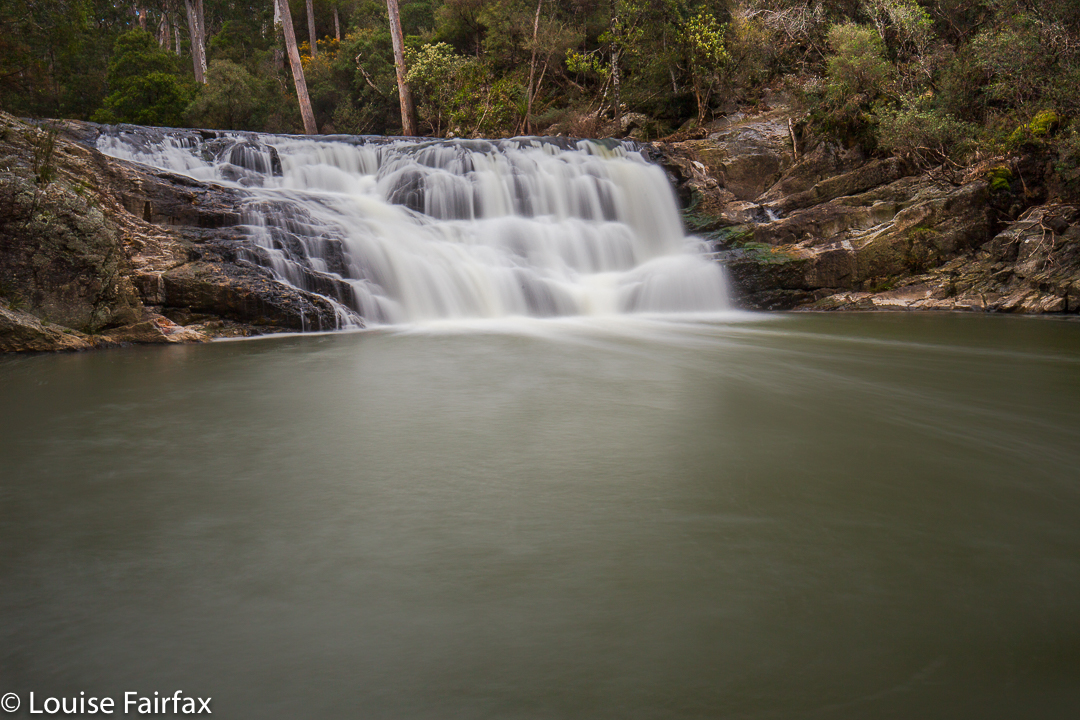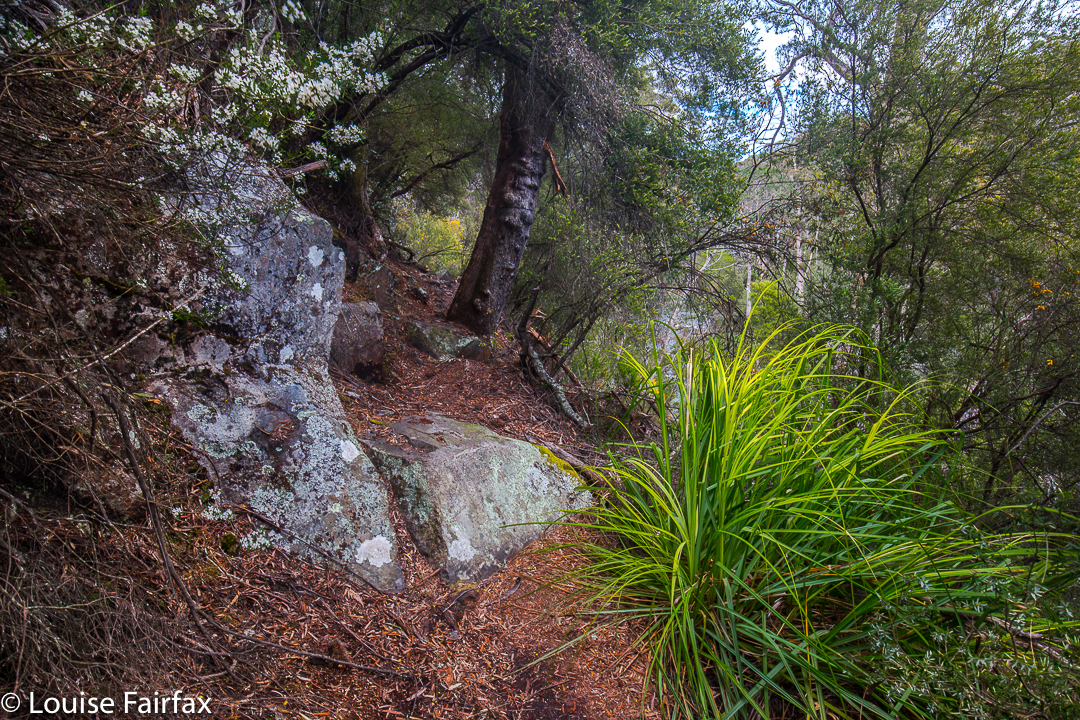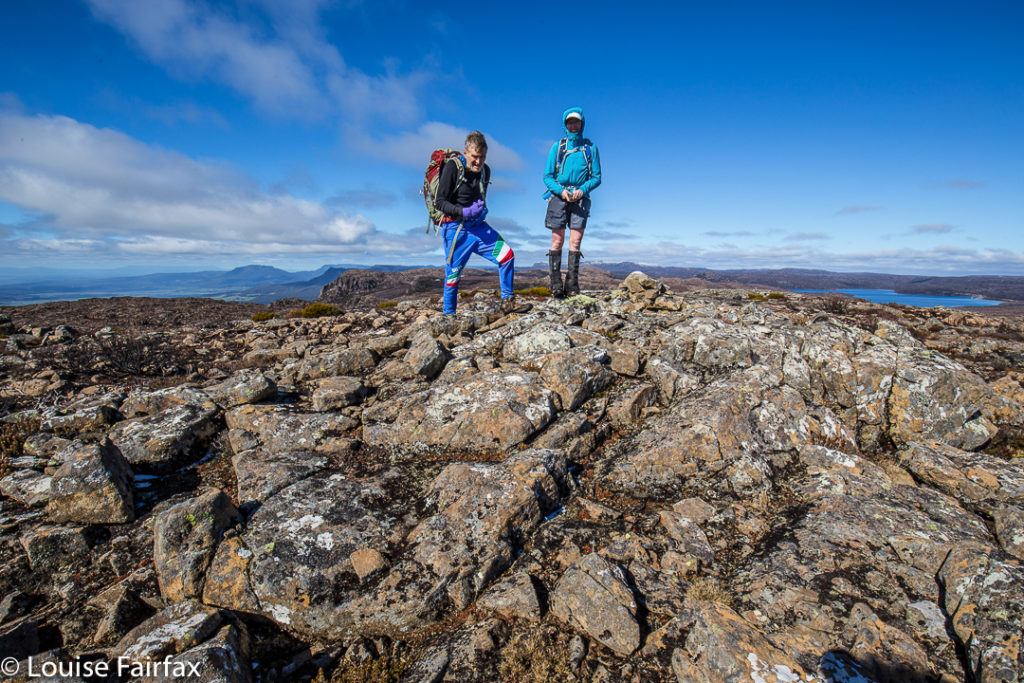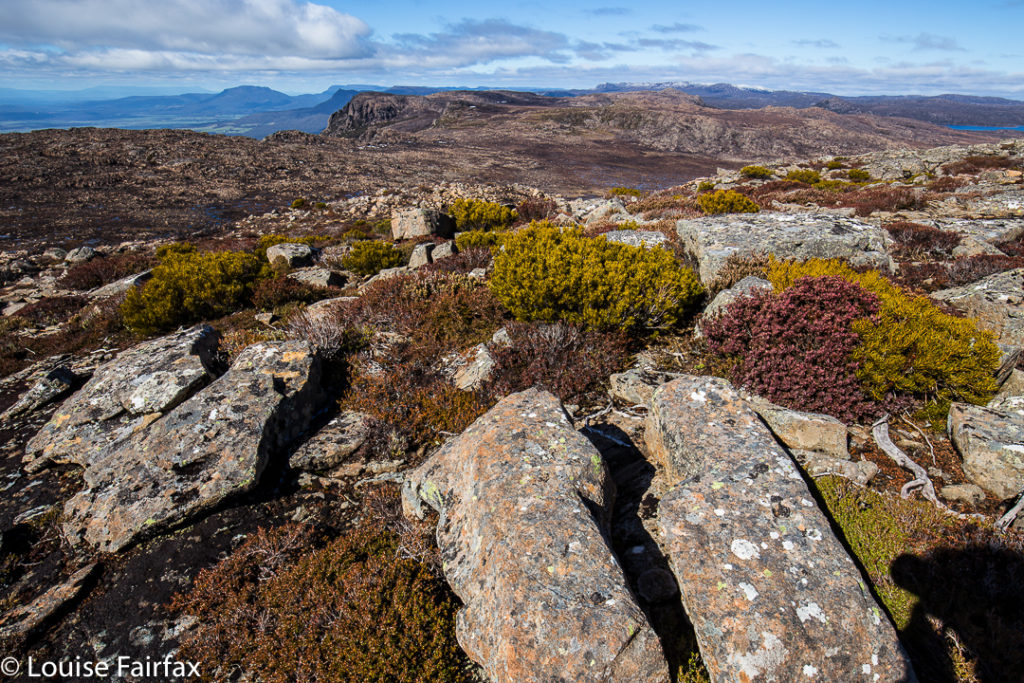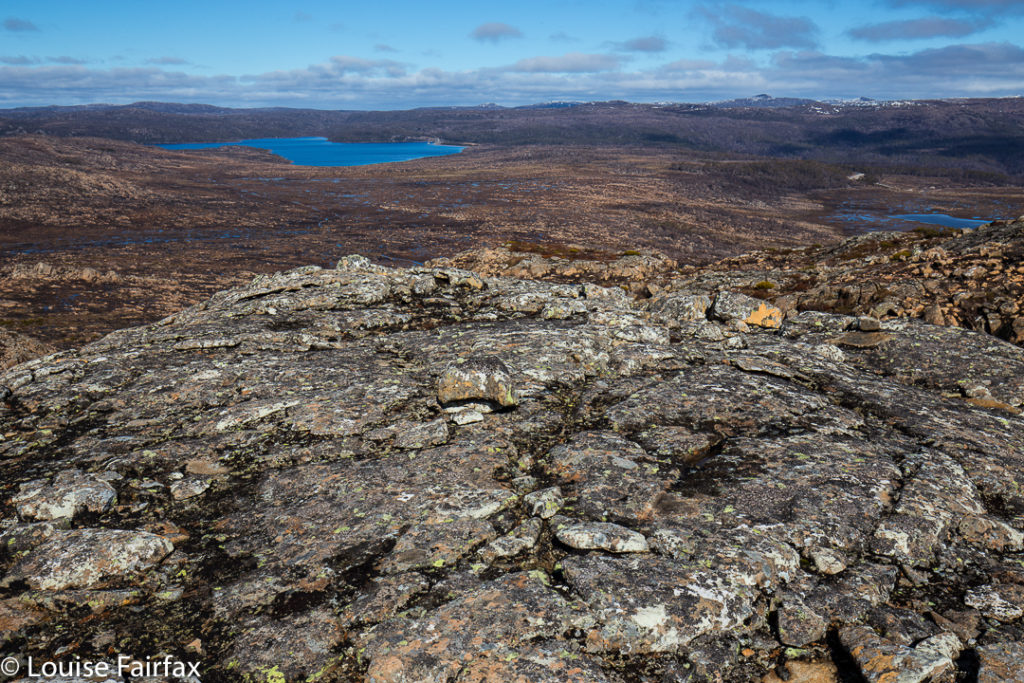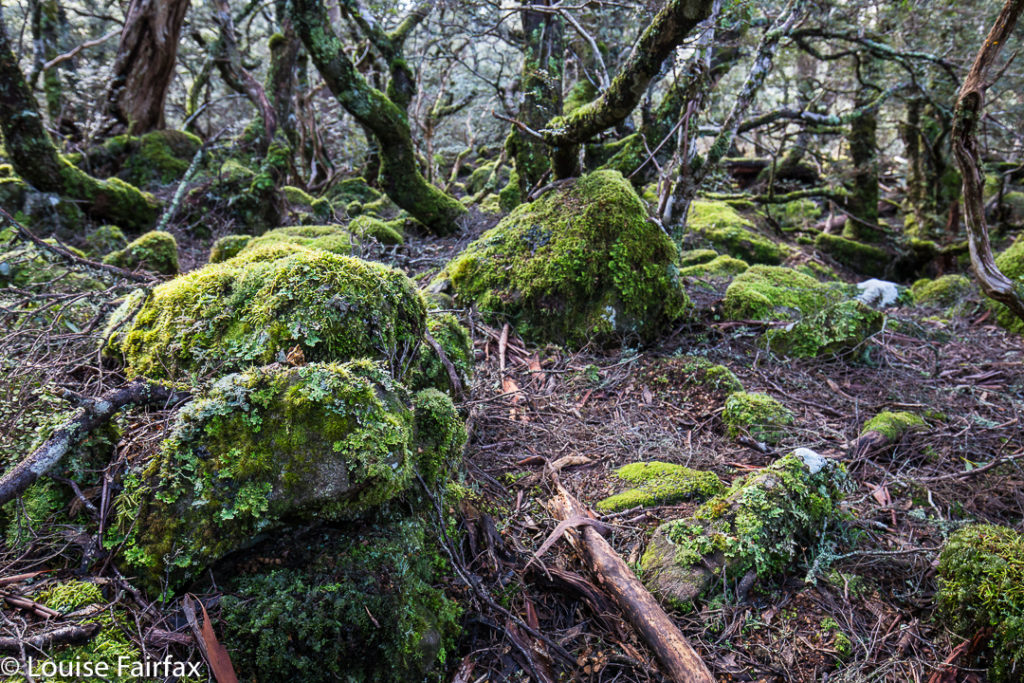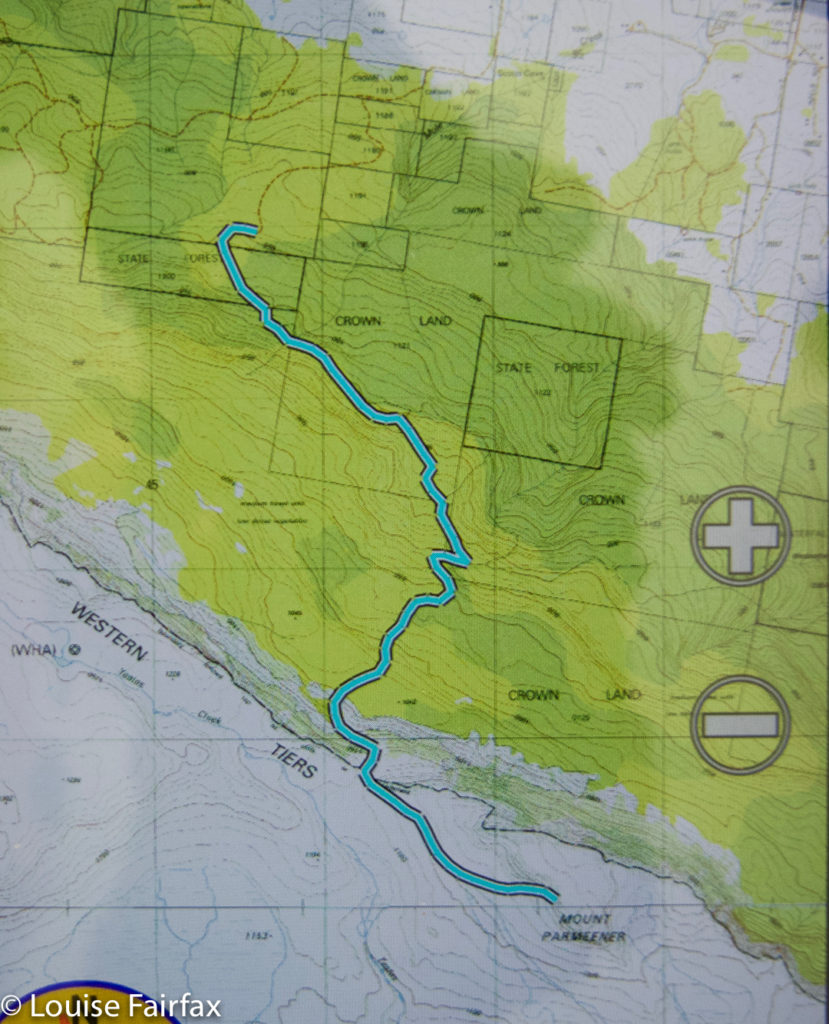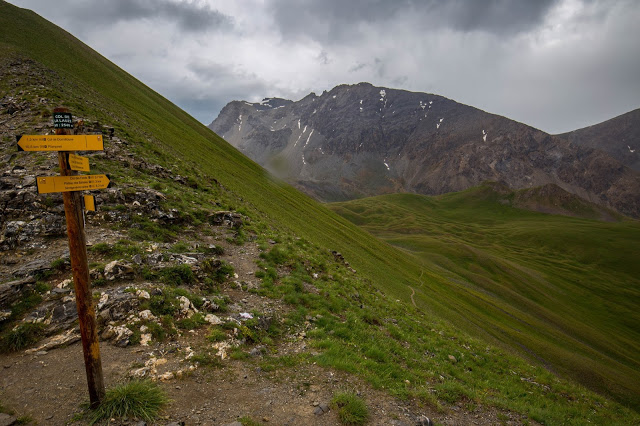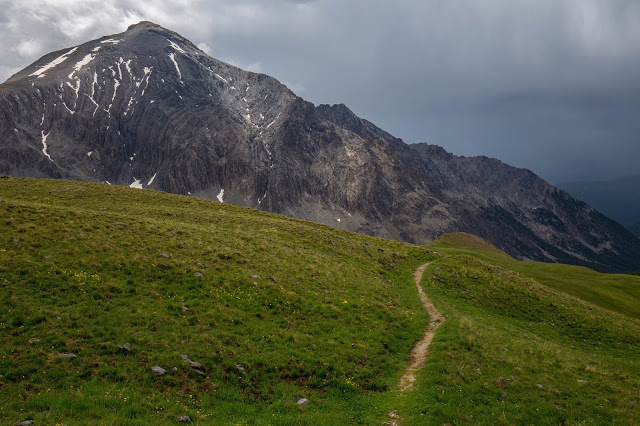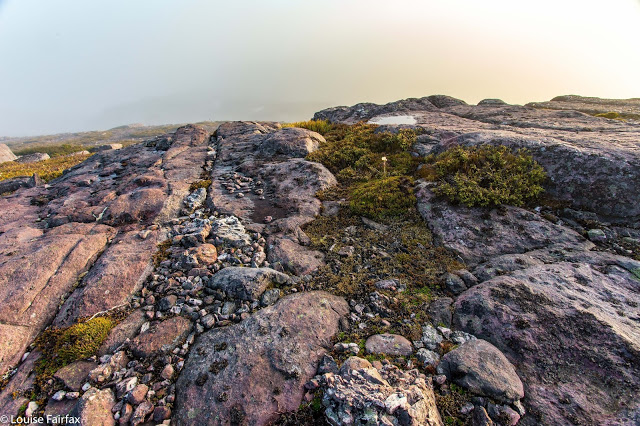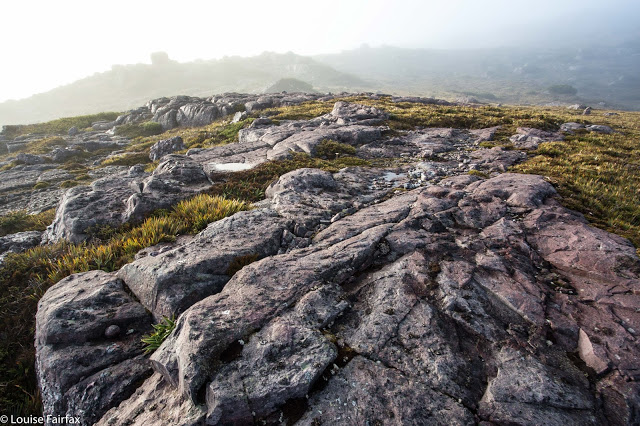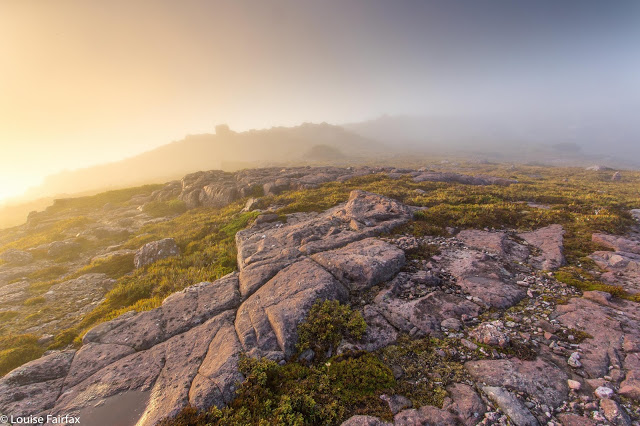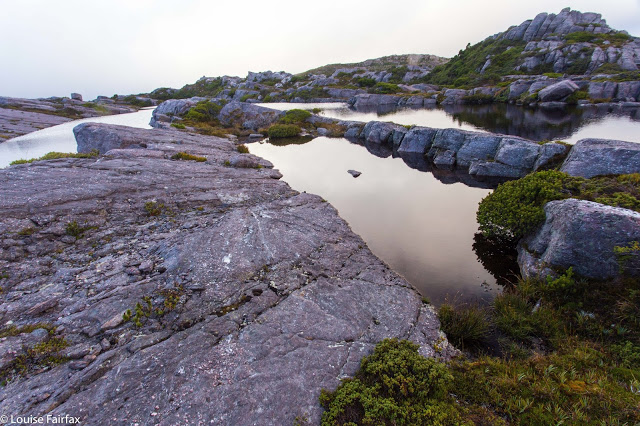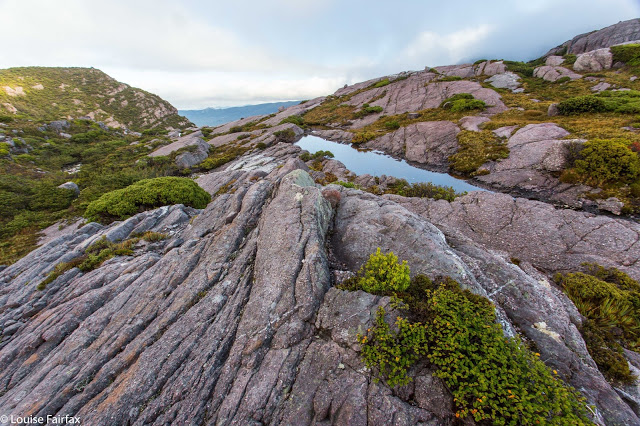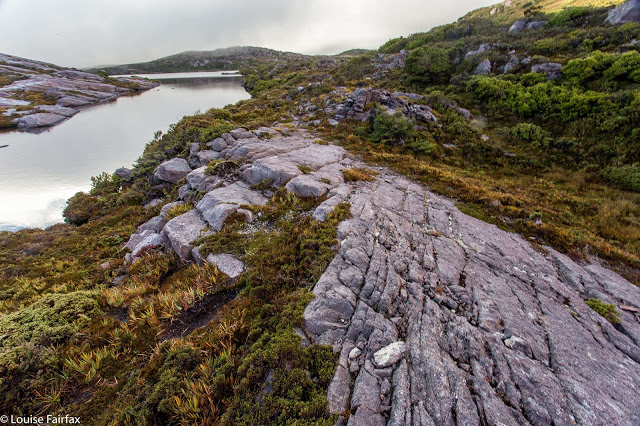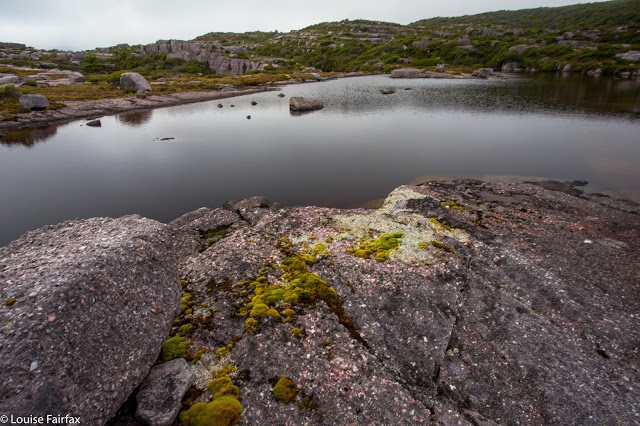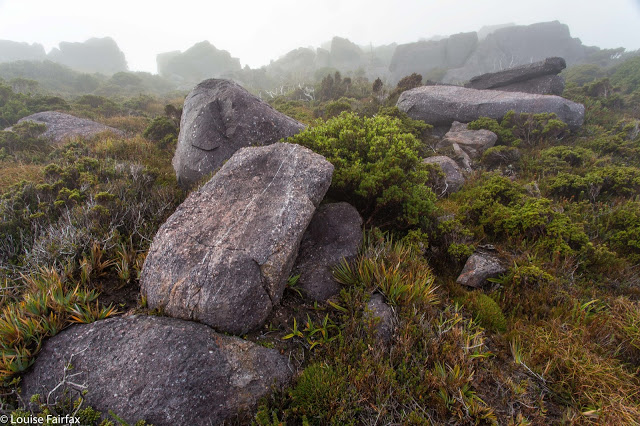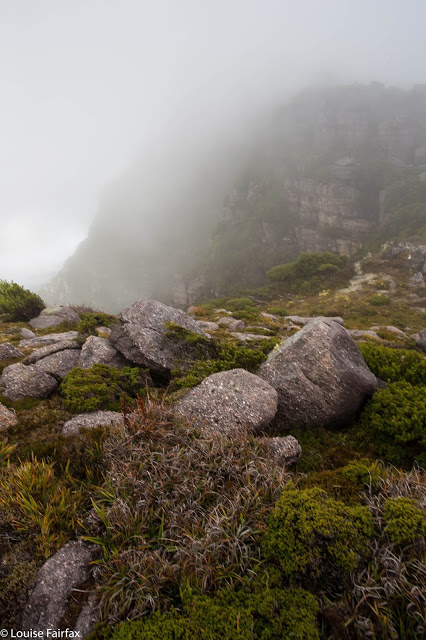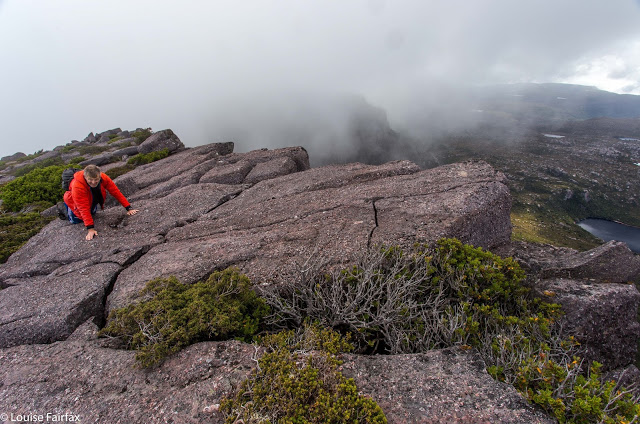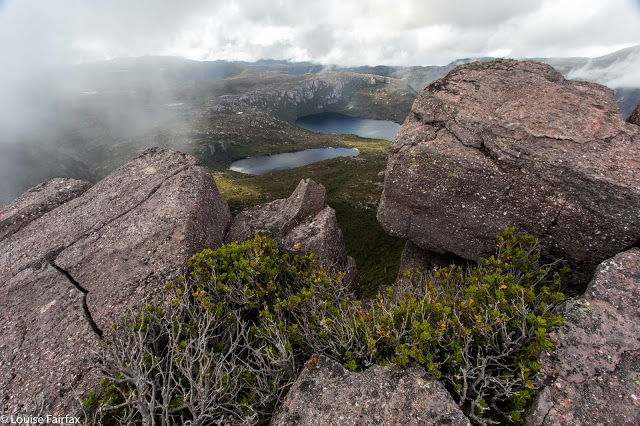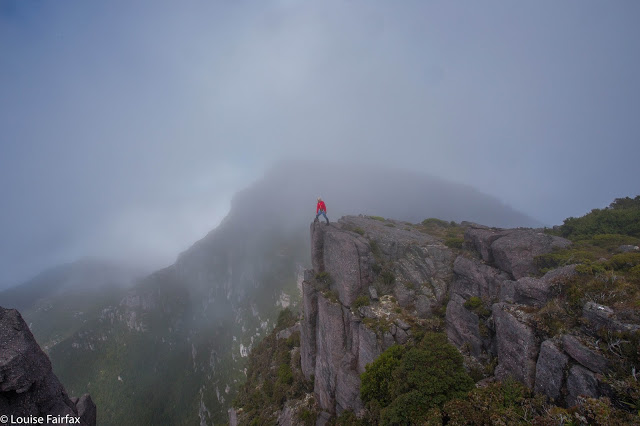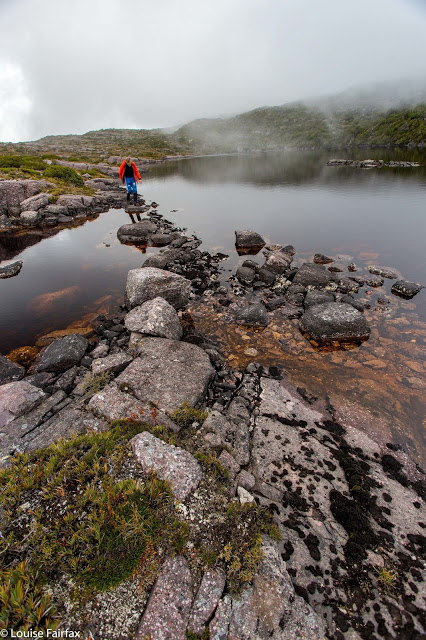FRANCE GR5 2016 Modane to Briancon
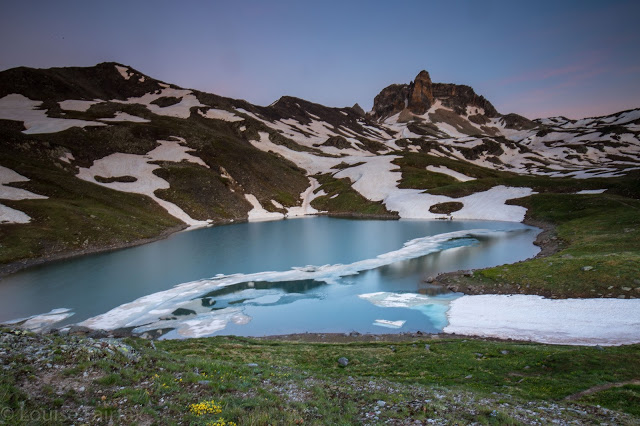
South of Modane, high in the mountains near Col du Thabor
The tale of the GR5 this year is one of goals abandoned rather than mission achieved. I am not sad about this. I had only ever said I wanted to make Nice if Bruce was happy about the venture and if the scenery remained beautiful. I could see no point in continuing if we didn’t appreciate the landscape around us, and if Bruce wasn’t happy, it would not be right to inflict torture.

He began well enough, after a more than shaky start in England. I always use the week in England as a kind of acclimatisation period for him, in which he supposedly increases his amount of exercise each day as the fatigue and stress of work are gradually shed. This year, there was no shedding, and no increase of exercise. The only thing that grew was his anxiety about being away from the place where things are familiar – an unfortunately frequent symptom in his illness that has not invaded him up to this point but which is mushrooming now. He slept a lot in England, so I just kind of hoped that the resulting rest would mean he’d be nice and fresh for the task of France.
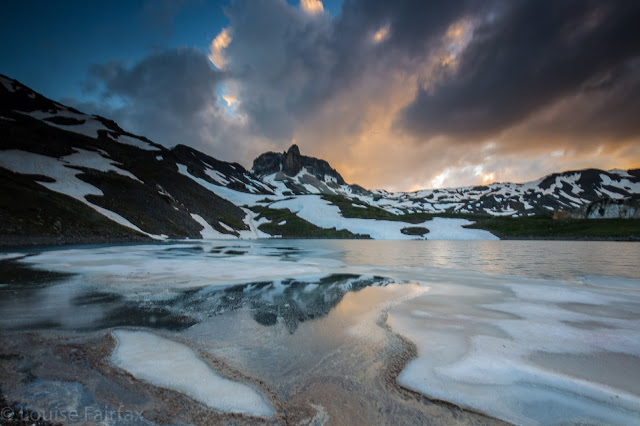
He started very well for the first hour, but then began asking: “How far now?”, a bad sign that many parents of young children will recognise immediately. I encouraged and cajoled and eventually he made it. As you can see from my images, this was a very beautiful place, with heaps of wonderfully photogenic snow. He was not happy walking on snow, and after dinner went straight to sleep while I explored and took the above photos.
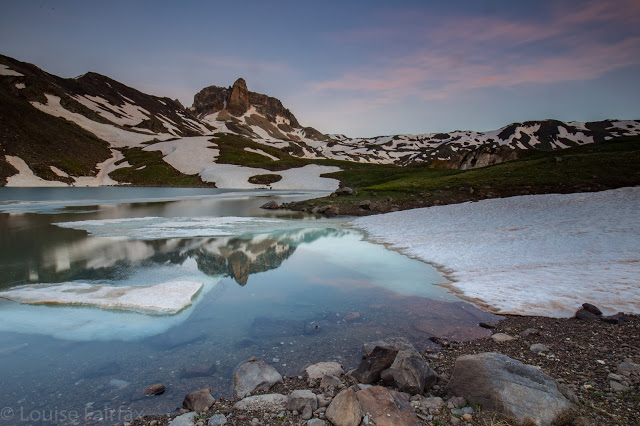
In the morning he slept through my dawn shoot (in all other trips, he has accompanied me, to share the beauty even if not to photograph it). He said at breakfast, however, that he wanted to walk the route I had planned – my Plan A of many – so off we set after we’d eaten (hut breakfasts are not to die for), dropping down sharply before climbing up very steeply indeed to another col, and finally descending to Plampinet, where we arrived for a mildly late lunch, our day’s work done. Apart from a single incident where he was obviously geographically confused, he appeared to be going very well, ate his delicious omelette with gusto and joined me exploring the two churches (two of about ten buildings in this whole quaint place built of stone), one of which dated back to 1450 and was having its bell repaired : Chapelle Notre-Dame-des-Grâces de Plampinet.
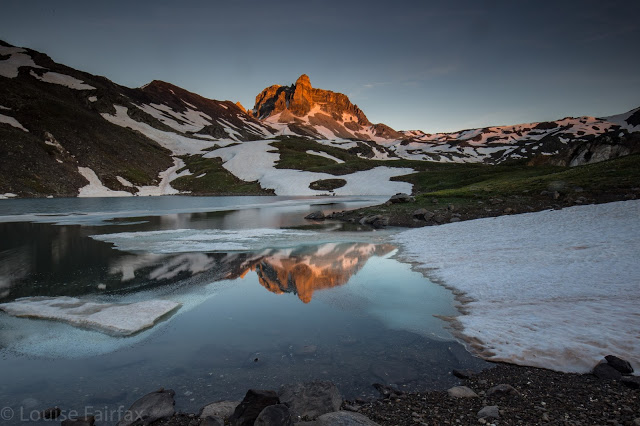
Later on, he said he was exhausted, so I arranged for him to catch a bus to my next destination, Briancon, while I went high into the mountains and over three cols to drop down and join him. He was happy with this. I took him to the bus stop, wrote notes for him about where to go, what to ask for, and everything was fine. All the other walkers had meanwhile changed plans and abandoned going high, as they were frightened of the thunderstorms that had been predicted for this day. They would walk along the valley floor, following the beautiful river to Briancon and avoid all climb. However, I was here to be in the mountains, not to make destinations per se, so I set off into the mist alone. For me, seeing the kind of scenery I wanted was more important than saying: “I have walked from Lac Leman to Nice”. The others kindly said Bruce could go with them, but he doesn’t deal well with changes of plans, and was happy with the one we’d set in motion. He carried it all out well, and at the end of a truly wonderful long morning where a storm did surround me but didn’t drench me, and certainly didn’t kill me, I met him at the Gîte d’etape in Briancon. This was a fascinating town with dried out moat, old cobbled streets about the width of two donkeys and a great feel to it.
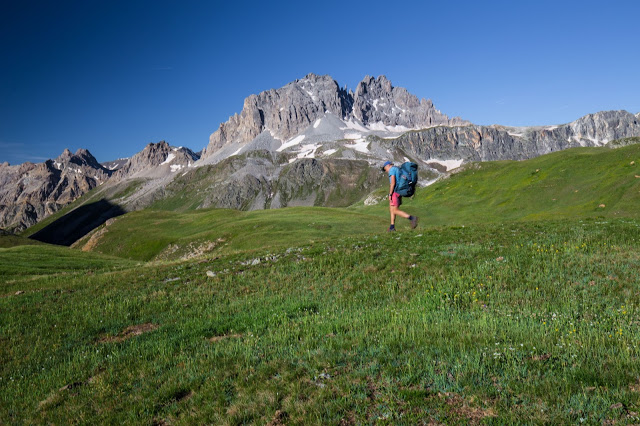
Bruce underway on day 2.
When there, I discussed with the Tourist Bureau how Bruce could get to my end point for the following day, Brunicard. He nodded with approval at our plan, but half an hour later said he had never heard that conversation and knew nothing about what we’d agreed to. Meanwhile, he couldn’t walk. I could tell he’d been sleeping for much of the morning, which was not an encouraging sign. He was obviously not comfortable with what I’d planned for him this next day, despite my offer to go with him to the starting point of his vehicular journey.
One of my cols on day 3
I asked was there anything we could do that would please him, anywhere where we could go – even if far away from here. No to both. Would he like to go home? Yes. So while he slept during the night, I typed away to my amazing travel agent, Gary Woodland from Andrew Jones Travel. Meanwhile, the gardien from our refuge (Gîte Le petit Phoque) had driven us down to the bus stop so we could check everything out and make sure we had the timetable right, an incredibly kind gesture. By 5 a.m. there was an email from Gary. Please confirm quickly. I have Bruce on a plane out of Geneva in two days’ time. Cost for change, $85. How amazing is that? Confirmed immediately, of course. By the time Bruce woke up, I could tell him the new plan. We’d catch a bus to Chamonix and he would be nice and near Geneva to fly out.
It was a bit stormy up top.
Thus, next morning off we set on his homeward journey. Sad to change my goals? Only a little. As said at the start, they were always subservient to other, higher ones. The really sad part is that I presume that is it, our last ever trip. He was ill at ease the whole time, even in England, and his is a degenerative illness, so that is the end of a chapter in our lives: travelling together. We have travelled the world together since we were teenagers. He was always a great adventurer, keen to see new places, discover new things, and fit and strong enough to carry out the most bizarre of plans. Now this disease has corroded his spirit and left him in a state where travel no longer pleases.
Another sad part of abandoning the GR5 (as opposed to abandoning travelling with my husband) was saying ‘Goodbye’ to all the lovely new friends I’d made already along the track, people who would continue on without me. We said our fond farewells, and, funnily, they thanked me for what I do for my husband. This is excessively rare for me – so rare it made me cry. Living with us for three days, they could see how things were.
The next stage of my journey, and your next lot of photos, will be from Chamonix.
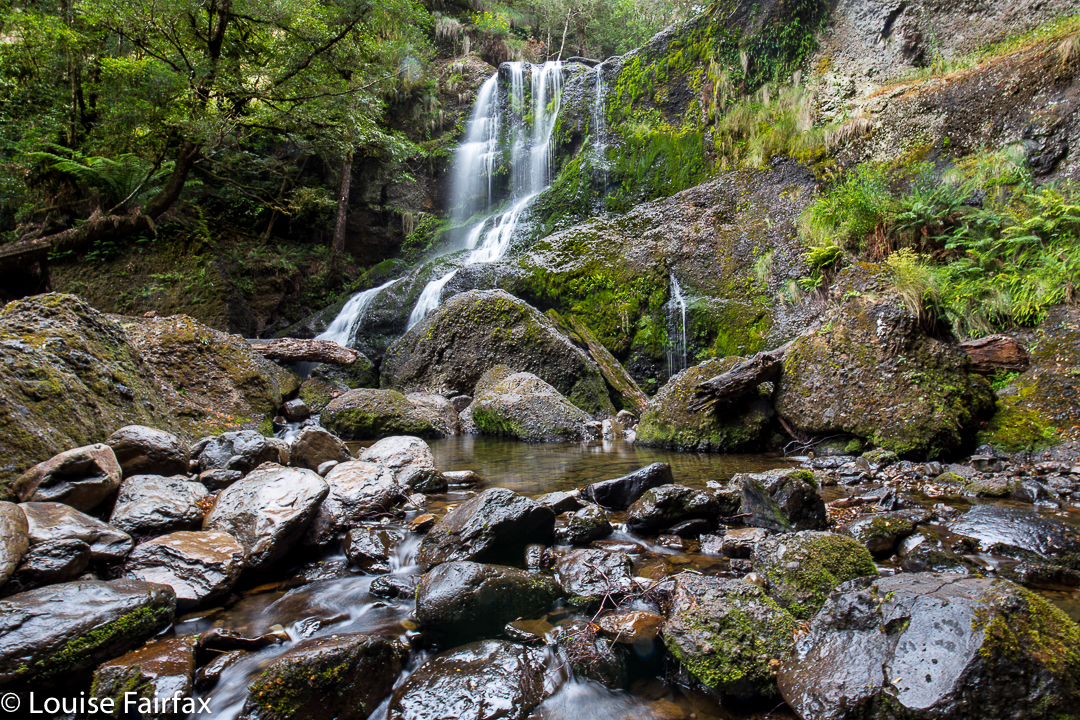 Champagne Falls. First on the circuit.
Champagne Falls. First on the circuit.